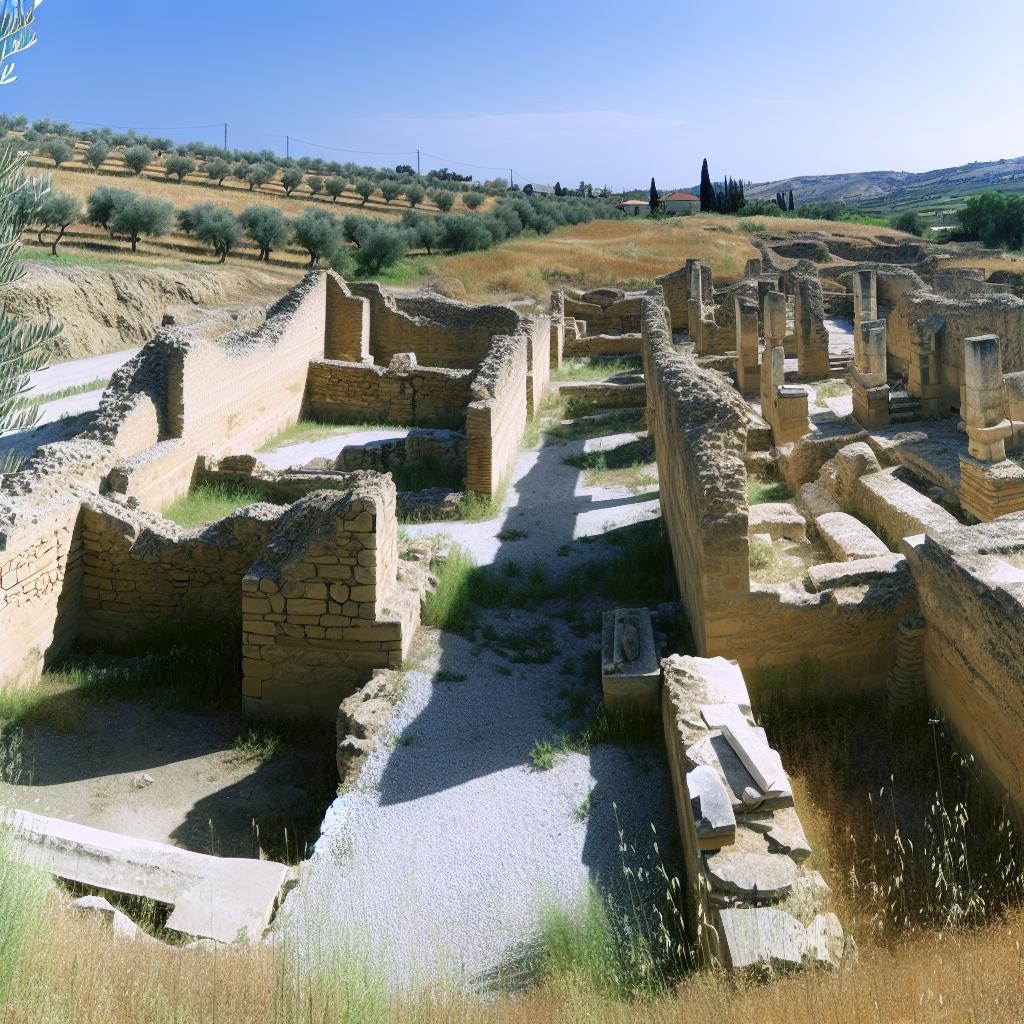Contents
Introduction to Cartago
Cartago is a significant city located in Costa Rica, known for its historical importance and cultural heritage. Situated in the central part of the country, it was the original capital until San José took over that role in 1823. The city is situated approximately 25 kilometers to the southeast of today’s capital, San José. Cartago’s geographical position offers a cooler climate due to its elevation, which is about 1,435 meters (4,708 feet) above sea level.
Historical Significance
Cartago was founded in 1563 by the Spanish conquistador Juan Vásquez de Coronado. For centuries, it served as the center of Costa Rican political and religious life. The history of Cartago is marked by events such as the eruption of the Irazú Volcano in 1963, which brought attention to the region due to the enormous ash clouds it created.
Impact of Earthquakes
Cartago’s geographical location renders it susceptible to seismic activities. Being positioned along the Pacific Ring of Fire, Costa Rica as a whole is no stranger to earthquakes, and Cartago is no exception. Throughout its history, the city has experienced several significant earthquakes that have shaped its development and architecture.
In 1841, Cartago was severely impacted by an earthquake that devastated many of its structures, altering the cityscape dramatically. The seismic event not only caused loss of life but also necessitated substantial rebuilding efforts. The resilience of the community is evident in how residents adapted and reconstructed their environment in response to these tremors.
Another devastating earthquake struck in 1910, leaving numerous buildings in ruins. This particular year is remembered due to the immense efforts needed to rebuild the city. Once again, the ability of the Cartago population to rise from disaster highlighted the community’s resourcefulness and indomitable spirit.
Although these quakes brought about destruction, they also influenced the architectural decisions in the rebuilding phases, with more attention paid to designing structures that could better withstand future shocks. This drive towards improved architectural resilience is an enduring aspect of Cartago’s urban development.
For further details about seismic activities in Costa Rica, refer to resources such as local seismology networks.
The Basilica of Our Lady of the Angels
One of the most notable landmarks in Cartago is the Basilica of Our Lady of the Angels, locally known as Basílica de Nuestra Señora de los Ángeles. This religious site is a place of pilgrimage for many Roman Catholics in Costa Rica and other parts of Central America. Each year on August 2nd, thousands of pilgrims travel on foot from various parts of the country to pay homage to the Virgin of the Angels, the patron saint of Costa Rica. More information about the basilica can be found on official [religious tourism websites](https://www.travelcostarica.com).
The basilica, originally constructed in the 17th century, had to be rebuilt several times due to the continuous threat of earthquakes. The architecture we see today is a result of these reconstructions, combining Romanesque and Byzantine elements. The existing structure reflects both the historical architectural styles and the innovations aimed at improving structural resilience against seismic activities.
Orosi Valley and Lankester Botanical Gardens
Located near the city, the Orosi Valley is celebrated for its breathtaking landscapes and coffee plantations. The Lankester Botanical Gardens, situated near Cartago, are renowned for their diverse collection of tropical plants and orchids. Established in 1917, these gardens cover an area of about 11 hectares and are managed by the University of Costa Rica.
The valley’s fertile land and favorable climate make it an ideal location for agriculture, contributing significantly to Cartago’s economy. The region is particularly known for its high-quality coffee, which is grown on numerous plantations that dot the valley.
The Lankester Botanical Gardens serve not only as a tourist attraction but also as a site of extensive botanical research. It offers researchers and visitors an opportunity to explore the rich biodiversity of Costa Rica’s plant life.
Cartago’s Economic and Cultural Aspects
Despite losing its status as the capital, Cartago remains an important industrial hub. The city’s economy is primarily driven by agriculture, with coffee being one of the main crops. Cartago is also a center for education in the region, hosting several universities and technical institutes. Culturally, Cartago offers a blend of traditional and modern influences, reflected in its festivals, architecture, and culinary scene.
Industrially, Cartago has managed to diversify over the years, with manufacturing and technology sectors growing. This economic diversification provides a stable foundation for its population, allowing the city to thrive despite historical adversities, including those posed by earthquakes.
From a cultural perspective, the city’s traditions are showcased in annual festivals and local arts. The mix of historic influences from Spanish colonization and indigenous culture creates a unique blend that is evident in Cartago’s vibrant community events and culinary offerings.
For visitors planning to travel to Cartago, local tourism organizations provide ample resources and recommendations to enhance the experience of exploring this historic city and its surroundings. Those interested in exploring Cartago further can access tourist information through sites dedicated to promoting Costa Rican travel experiences, providing insights into the best ways to explore both historical sites and natural wonders surrounding the city.
